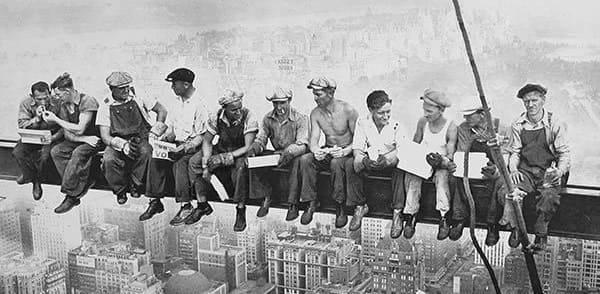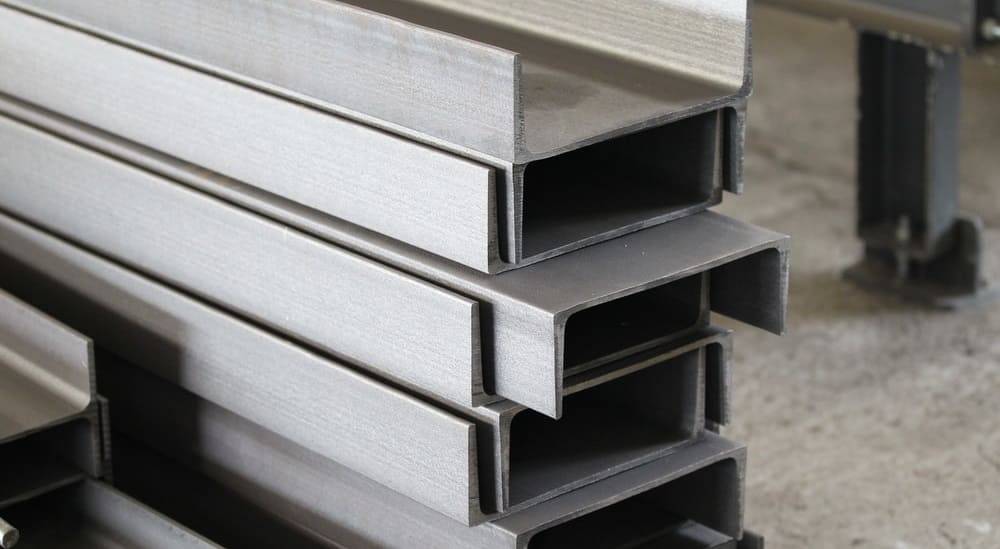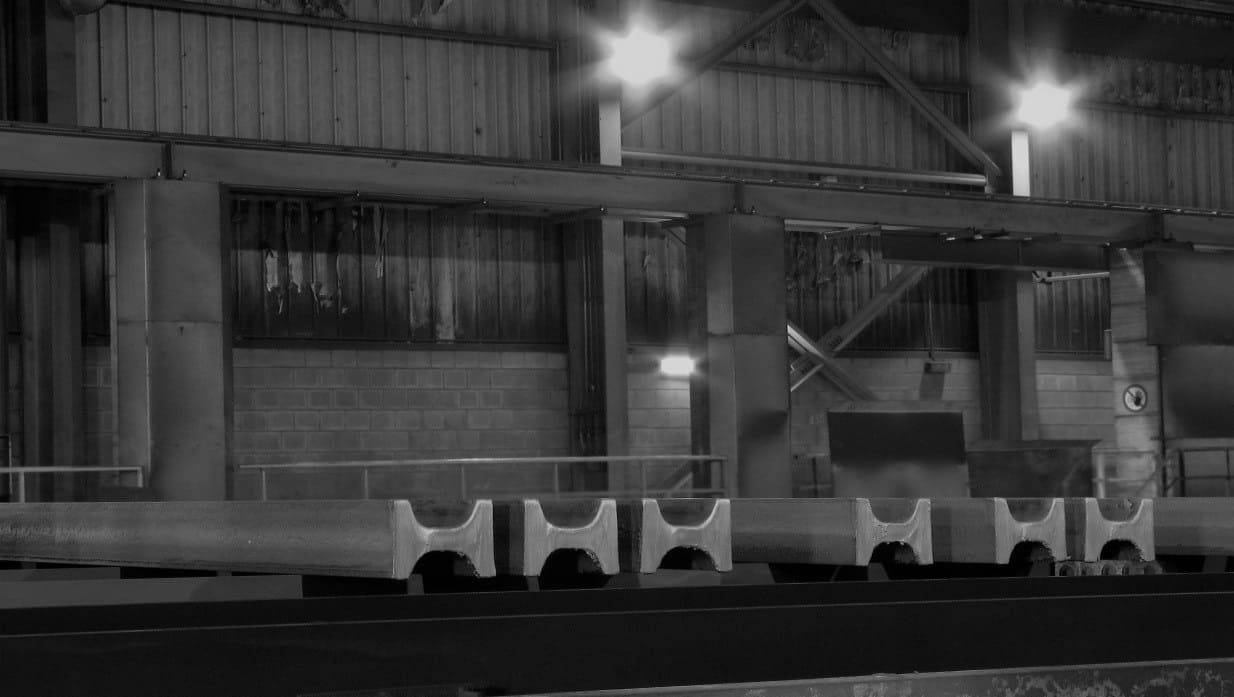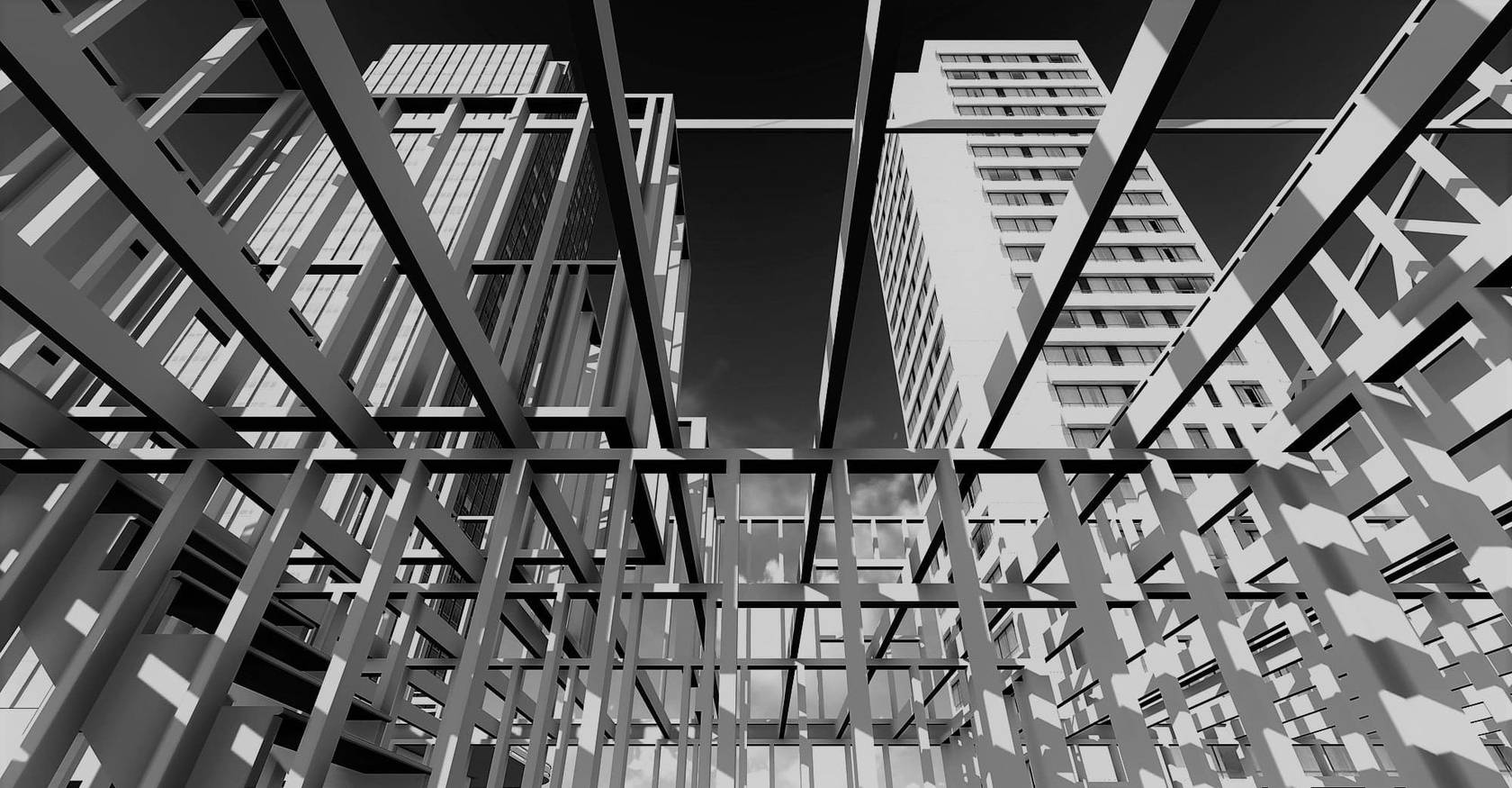Everyone who has seen this photo is thrilled with the workers’ bravery and the photographer’s skills. However, very few pay attention to what is perhaps the most important thing, without which neither the photo nor such a building would have existed. This is the beam on which the workers were sitting. This beam is a part of the load-bearing structure of a skyscraper that is now a part of Rockefeller Center. The skyscraper is 259 meters tall in total.

Such tall buildings in the US and worldwide appeared thanks to the rolled steel that people started using intensively in construction at the beginning of the 20th century. Structural steel became a new design choice for load-bearing elements of skyscrapers, replacing brickwork. They were made, among other materials, of beams – one of the key types of heavy structural shapes.
Structural shapes make up a type of rolled sections. However, they have their features and applications.
What is the difference between structural shapes and simple-shaped sections? The answer is simple. If a tangent to any point of the rolled steel cross section contour does not intersect either of its parts, then such rolled steel section is considered standard. When it comes to structural shapes, they have a complex shape and a tangent intersects the rolled shape cross section.
Steel rounds are an example of rolled steel sections with a simple shape.
Channels are an example of structural steel shapes.

In turn, structural shapes are classified according to:
Shape:
- Angle
- Tee
- Beam
- Trough-shaped (e.g. Larssen sheet pile)
- Z-shaped (Z-section)
- Sections for special purposes, etc
Industrial purpose:
- General-purpose sections (equal and unequal angles, universal beams/H-beams and channels)
- Special-purpose sections (rails, sheet piles, special profiles, flat bulbs, etc)

Production specifics of structural shapes
The entire range of rolled steel is produced using semis: slabs to produce plates and coils, tube rounds to produce tubes, and blooms and square billets to produce longs.
A deep look at the structural shape production process reveals an interesting thing: some steel mills worldwide have continuous-casting machines in operation, which cast complex-shaped products called beam blanks (they look like bone-shaped dog treats). The beam blank shape makes it clear what products will be rolled at rolling mills, namely universal beams. This helps to significantly reduce energy costs and improve rolled steel production time.

Other types of structural shapes are rolled using blooms and square billets of various sizes. Semi-finished products are transported from steelmaking plants to rolling mills, where they undergo reheating and reduction to achieve the desired shape.
For instance, shaping at Azovstal starts in a 1000 two-high reversing stand. The processed semis that resemble the shape of the future product are fed into an 800 three-stand rolling mill consisting of two 3-high stands and one 2-high finishing stand. The end product is cut to length, cooled, levelled and transported to the finishing end and then to the acceptance area.
Such steel grades as S235JR, S355J2, S420M, St3sp, St5ps, 09G2S, 10HSND and 15HSND are commonly used to make structural shapes. They are selected based on the requirements for the structures where such rolled steel will be used. For example, low-alloy steel grades provide high strength and stable operation both at high and low temperatures.
Application of structural shapes
When it comes to structural shapes, we primarily use rolled steel for construction purposes. Indeed, structural shapes play an important role in construction. This is because beams, channels, H-beams and other sections have one or more stiffeners, making it possible to simplify the structure at the engineering stage while still meeting all safety standards.
For example, structural shapes are used to make the load-bearing skeleton of steel structures, making them robust yet light. The final shape of a building or a structure is obtained using other rolled steel or non-metallic structural materials.
Heavy rolled sections such as channels are used to create intermediate floors and beams are used as bridge spans, support structures, etc.

In addition to the construction industry, structural shapes are used in the engineering industry to make railcars, vehicles, heavy-duty underground and above-ground machinery, as well as in other sectors. For example, flat bulbs are used as stiffeners for structures made of steel plates in the construction of steel hulls for sea and river vessels.
Larssen U-shaped sheet piles with interlocks along the edge of side walls are used to construct retaining walls or walls dividing offshore and onshore parts in seaports, or to reinforce banks of rivers and channels and slopes of mountains and construction sites.
Metinvest Group produces its structural shapes at Azovstal in the Ukrainian city of Mariupol and Promet Steel in Bulgaria.
Azovstal has two rolling shops in operation, namely a rail and structural shop and a heavy section rolling shop consisting of 1000/800 mills and 800/650 mills. The total production capacity of these mills is around 2.4 mln tonnes of sections, including structural shapes. The product range includes angles, various beams and channels, and special sections intended for different sectors of the economy.

Promet Steel consists of a light-medium section rolling mill (300 mill) with an annual capacity of around 500 thousand tonnes, which produces sections of simple geometry (such as squares, strips, rounds and rebar), as well as a wide range of equal angles.
Ukraine, which only uses structural shapes for steel framework, has not yet seen large-scale construction of skyscrapers and high-rise buildings. However, beams, channels, universal beams, angles and other sections are used in new construction and reconstruction of existing infrastructural facilities, warehouses and industrial buildings. That said, such constructions based on structural steel shapes are in high demand in Ukraine and worldwide today.
